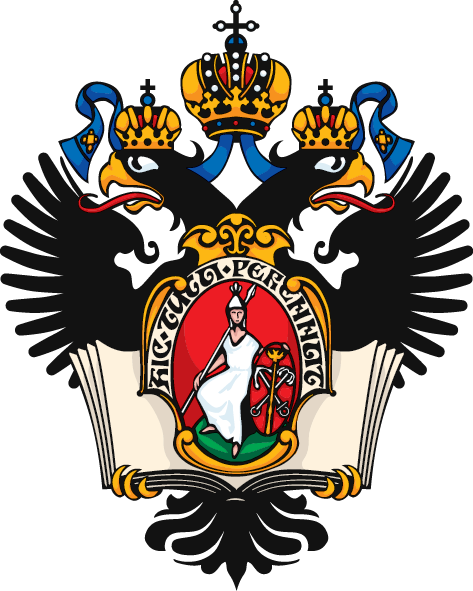
Dr. Boris B. Kharkov, Ivan S. Podkorytov, Dr. Stanislav A. Bondarev, Dr. Mikhail V. Belousov, Vladislav A. Salikov, Prof. Dr. Galina A. Zhouravleva, Prof. Dr. Nikolai R. Skrynnikov
https://doi.org/10.1002/anie.202102408
Pulsed-field gradient (PFG) NMR is an important tool for characterization of biomolecules and supramolecular assemblies. However, for micrometer-sized objects, such as amyloid fibrils, these experiments become difficult to interpret because in addition to translational diffusion they are also sensitive to rotational diffusion. We have constructed a mathematical theory describing the outcome of PFG NMR experiments on rod-like fibrils. To test its validity, we have studied the fibrils formed by Sup35NM segment of the prion protein Sup35. The interpretation of the PFG NMR data in this system is fully consistent with the evidence from electron microscopy. Contrary to some previously expressed views, the signals originating from disordered regions in the fibrils can be readily differentiated from the similar signals representing small soluble species (e.g. proteolytic fragments). This paves the way for diffusion-sorted NMR experiments on complex amyloidogenic samples.
← PreviousТэги: Подкорытов, Саликов, Скрынников, Харьков
